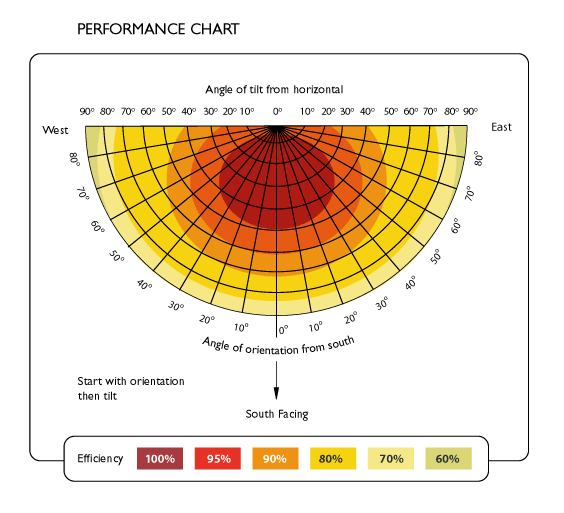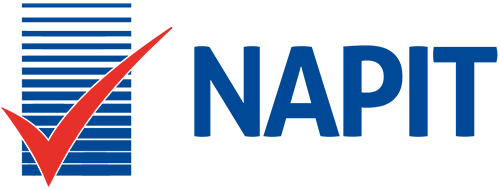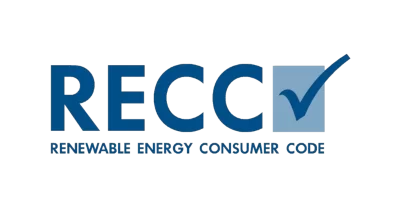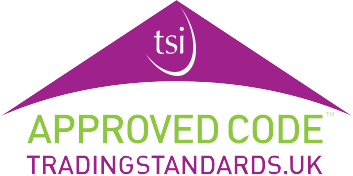FAQs
Your questions answeredBelow are some frequently asked questions. If you have other questions or you would like to contact us for a FREE consultation or quote, please complete our enquiry form or call us on 0800 888 6544
Are Solar PV panels environmentally friendly?
Are there any grants or incentives available?
Can a solar installation be installed on a roof that doesn't face due south?

Do solar PV installations only work in sunny countries?
Does the UK receive enough solar irradiance to make solar PV a viable technology?
The chart below shows that 2/3 of the UK exceeds this amount, with much more being measured as the latitude progresses further south, assuming the PV panels are optimally angled to the sun.

Do solar PV installations ever pay back their initial outlay?
Ground based Tracker installations which track the movement of the sun throughout each day and throughout the year can increase power production by up to 45% and therefore increase FIT payments to approx £ 1,350 per year and reduce payback time to between 6 to 8 years depending on the specific installation.
Can I reduce my electricity bill?
What happens during a power outage – can I still use my panels?
This safety feature means that although your solar panels are still producing electricity during the day, you are unable to access the power without an additional option fitted to your PV system. With optional technology fitted, you will still be able to access the power from your panels during a grid power outage and stored energy into the night.
How is energy generation affected by shading?
Where the majority of the proposed installation is shaded, during a significant portion of the day, an alternate solution such as ground-based installation or an alternate roof is advisable. We always offer extensive shading analysis and we build 3d models of the property on our computer systems to simulate accurate shading losses which we take off the annual energy prediction figures. This way our energy predictions and financial returns are as accurate as current technology allows.
Will adding a solar PV system increase the value of my property?
With ever higher oil prices and European Gas supply outages in 2008, what is the global outlook for the security of our energy supply and solar energy?
Which organisations do Techfor Energy belong to?
What consumer protection scheme does Techfor Energy belong to?
Glossary
kWh Kilowatt hour: This is the unit of electricity in which power consumption or production is measured.
kWp Kilowatt peak: This is the maximum rated output of a solar PV installation, measured under standard test conditions (STC).
STC Standard test conditions are a measurement of solar irradiation of 1000 watts per meter squared on a horizontal surface at 25 degrees C with an air index of 1.5. This is an industry standard measurement to enable product comparison and provide a baseline for calculations.
What out clients say
Location: RG20





